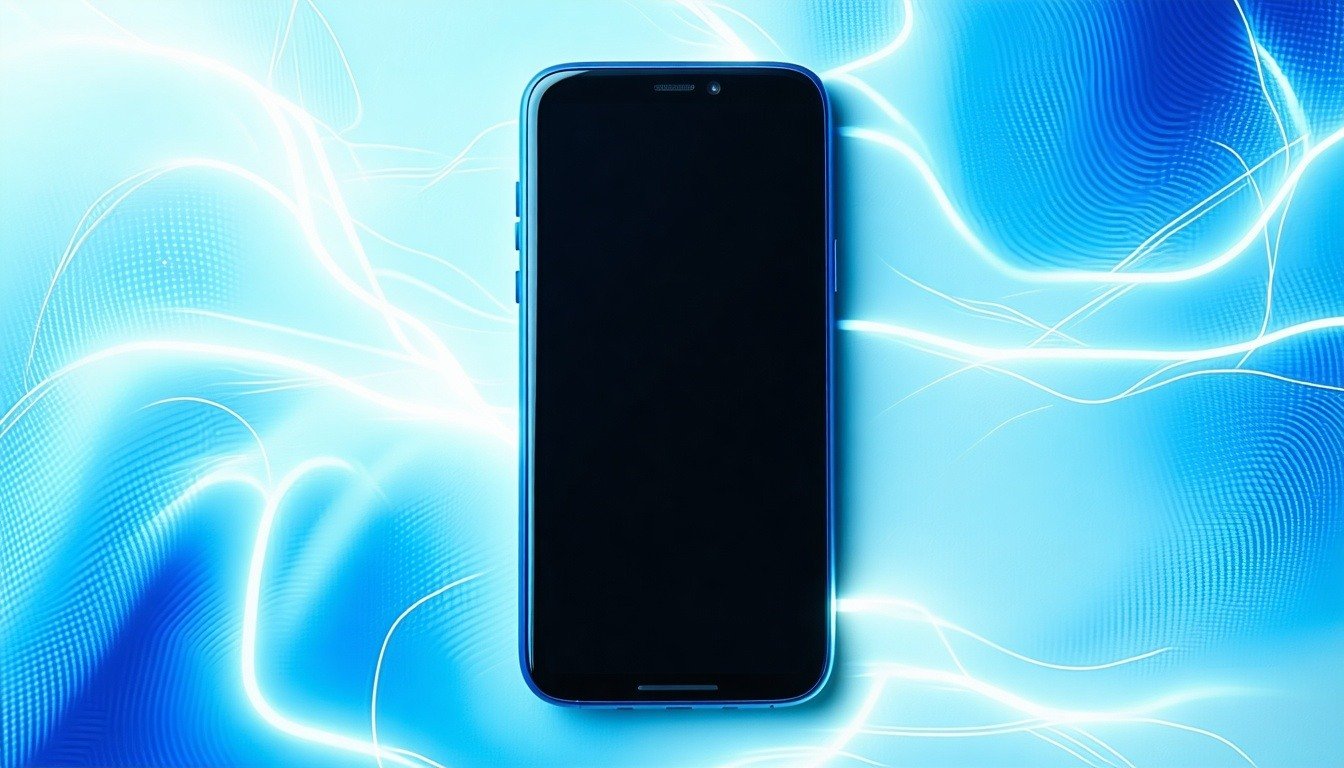East Asia—particularly China, Japan and South Korea—has long played a pioneering role in consumer electronics and automotive innovation. As adoption of electric vehicles (EV) and wireless charging-enabled smartphones accelerates, the region is rapidly emerging as a major hub for next-generation wireless charging solutions.
The Qi 2.2 impact on East Asian wireless charging market
The Wireless Power Consortium’s (WPC) approval of the first Qi 2.2 certification test platform in June 2025 has further accelerated adoption within leading mobile, automotive, and consumer electronic markets of East Asia. With testing options now closer to home, local manufacturers can enjoy shortened development cycles and a significant headstart in the race towards integrating 25W Application Power Profile (APP) into dashboards, center consoles, and consumer accessories.
Japan
Japan’s tech-savvy user base ships over 30 million device units per annum, driving a 7.25% CAGR that is expected to take the current mobile accessories market valuation from USB 18.40 billion to USD 34.23 billion by 2033. Quickly growing in parallel is the wireless charging accessories market that includes MagSafe-style pads, power banks, and in-dock solutions. Premium accessories (worth over USD 100) make up nearly 40% of total revenue, with add-on purchases making up an additional 35% in an indication of clear consumer willingness to invest in high-quality charging products1.
This appetite for premium, wireless-enabled experiences also extends into Japan’s rapidly evolving EV market. In 2023, over 165,083 Battery Electric Vehicles (BEVs) and 207,865 Plug-in Hybrid Electric Vehicles (PHEVs) were sold2.
South Korea
Valued at approximately USD 365 million in 2023, South Korea’s wireless charging market is on track to nearly double to USD 735 million by 20303. Local brand Samsung in particular, has strategically positioned their latest Galaxy S25 series as “Qi2 Ready”, enabling full magnetic alignment compatibility with Qi2-certified cases4.
Also leaning into wireless charging are South Korea’s leading automakers. Hyundai, for example, has rolled out vehicle-integrated, Qi-compatible wireless charging pads that enable cable-free charging during daily commutes5. Luxury South Korean automaker Genesis is also paving the way for further innovation with wireless charging network systems made of induction pads, hinting at a future where fully wireless in-car ecosystems enable seamless energy transfer between mobile devices and accessories.
China
Chinese smartphone brand Xiaomi, which already has Qi wireless charging product lines, recorded a staggering 42.5 million units of global shipments in Q2 of 2025, tailing just behind established giants Apple (46.4 million units) and Samsung (58 million units)6. Spurring on this growth are government subsidies for smart home and smart vehicle components that meet interoperability standards, a regulatory move that will ease friction for cross-border exports to Europe and North America, where Qi certification is quickly becoming an expected baseline.
Furthermore, China BYD‘s low-cost, battery-powered kei car generated a total of USB 18 billion in 2024, accounting for 40% of the world’s 4th largest car market7 and mounting a strong challenge against regional giants such as the likes of Toyota, Honda, and Nissan.
The path to Qi 2.2 adoption in East Asia
Several factors may slow Qi 2.2 adoption despite the strong momentum. Legacy device manufacturers may be cautious about certification costs or unfamiliar with the higher 25W power profiles. Regulatory incentives, too, remain under-leveraged, as Japan's Green Innovation Fund and Korea's Industrial Technology Innovation Promotion Act fall short of explicitly mentioning Qi-related standards. Meanwhile, the EU's Common Charger Directive has already driven broader interoperability and standard adherence.
Nevertheless, the outlook is decidedly positive. The wider Asia-Pacific wireless charging market generated approximately USD 2.33 billion in 2024 and is projected to grow to about USD 8.41 billion by 20308, reflecting strong export markets within neighbouring regions. Alongside strong market signals across both domestic smartphone and EV markets, these trends underscore the region’s readiness for Qi 2.2.
Lead wireless charging in East Asia with WPC certified Qi 2.2 testing
Capture the growing East Asia market by getting your products up to 25W speed with official Qi 2.2 test certification services and solutions. As the provider of the first WPC-approved Qi 2.2 solutions and strong presence within the local markets of Japan, Korea, and China, GRL supports localized testing services, regulatory expertise, and end-to-end technical consultation.
References
- https://www.astuteanalytica.com/industry-report/japan-mobile-accessories-market
- https://roadgenius.com/cars/ev/statistics/japan
- https://www.stellarmr.com/report/south-korea-wireless-charging-market/2321
- https://www.wired.com/story/qi2-ready-certified-phones-and-cases
- https://www.air-charge.com/aircharge-for-business/automotive/hyundai-wireless-charging
- https://www.idc.com/promo/smartphone-market-share
- https://www.ft.com/content/42cf6cda-0b3b-446e-9d19-a3ee34b19ee9
- https://www.grandviewresearch.com/horizon/outlook/wireless-charger-market/asia-pacific
.png)
.png)
